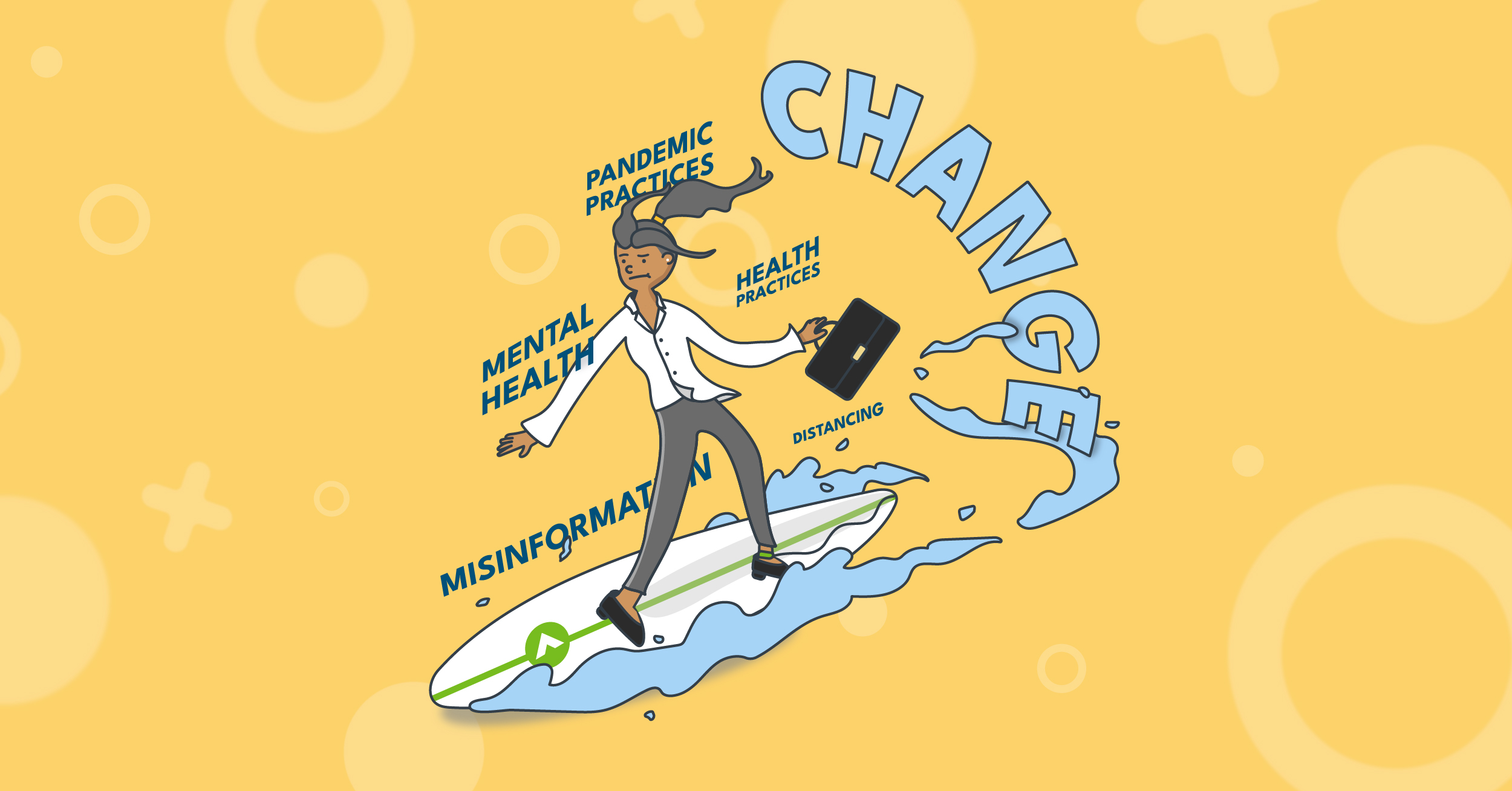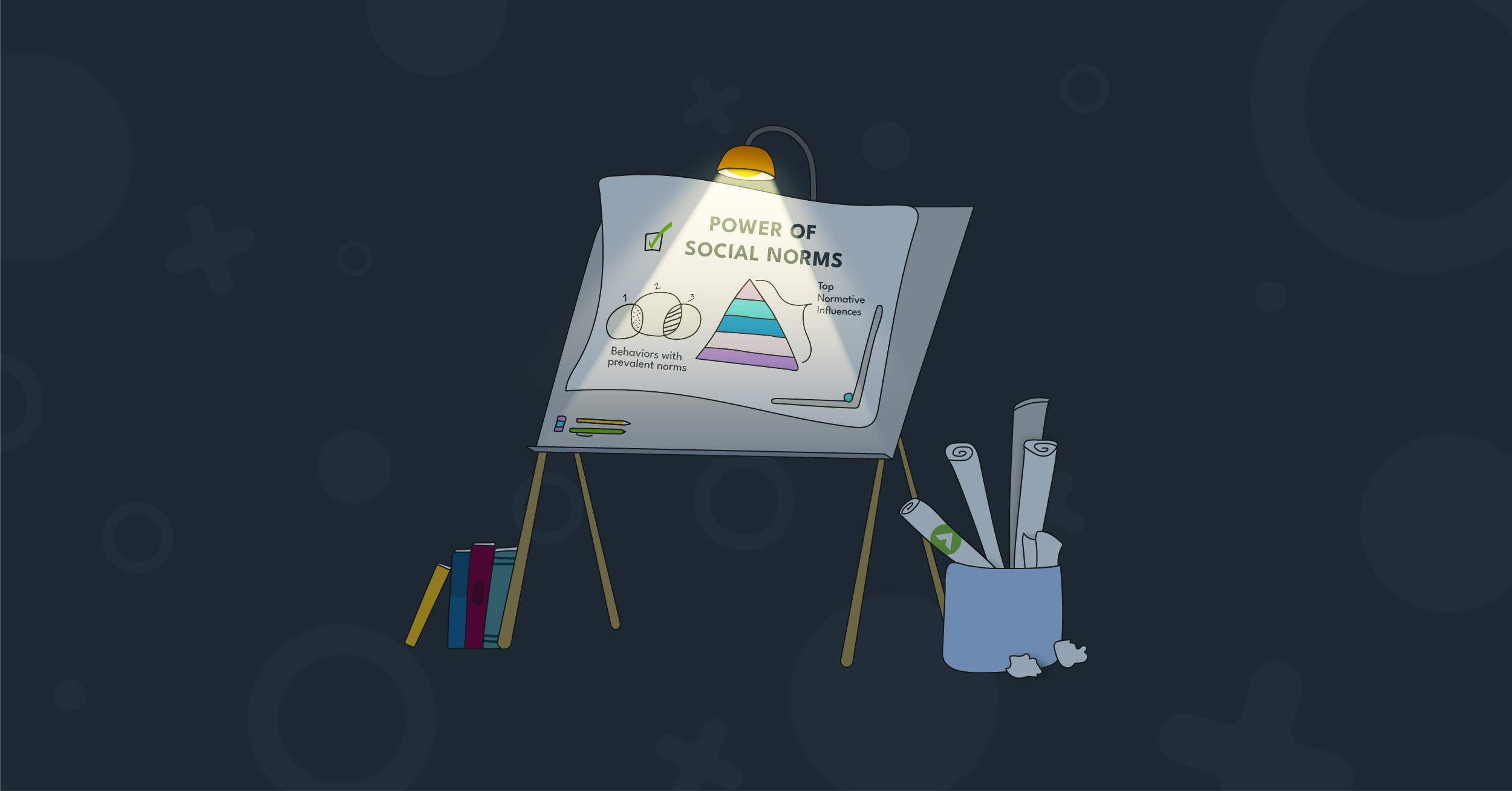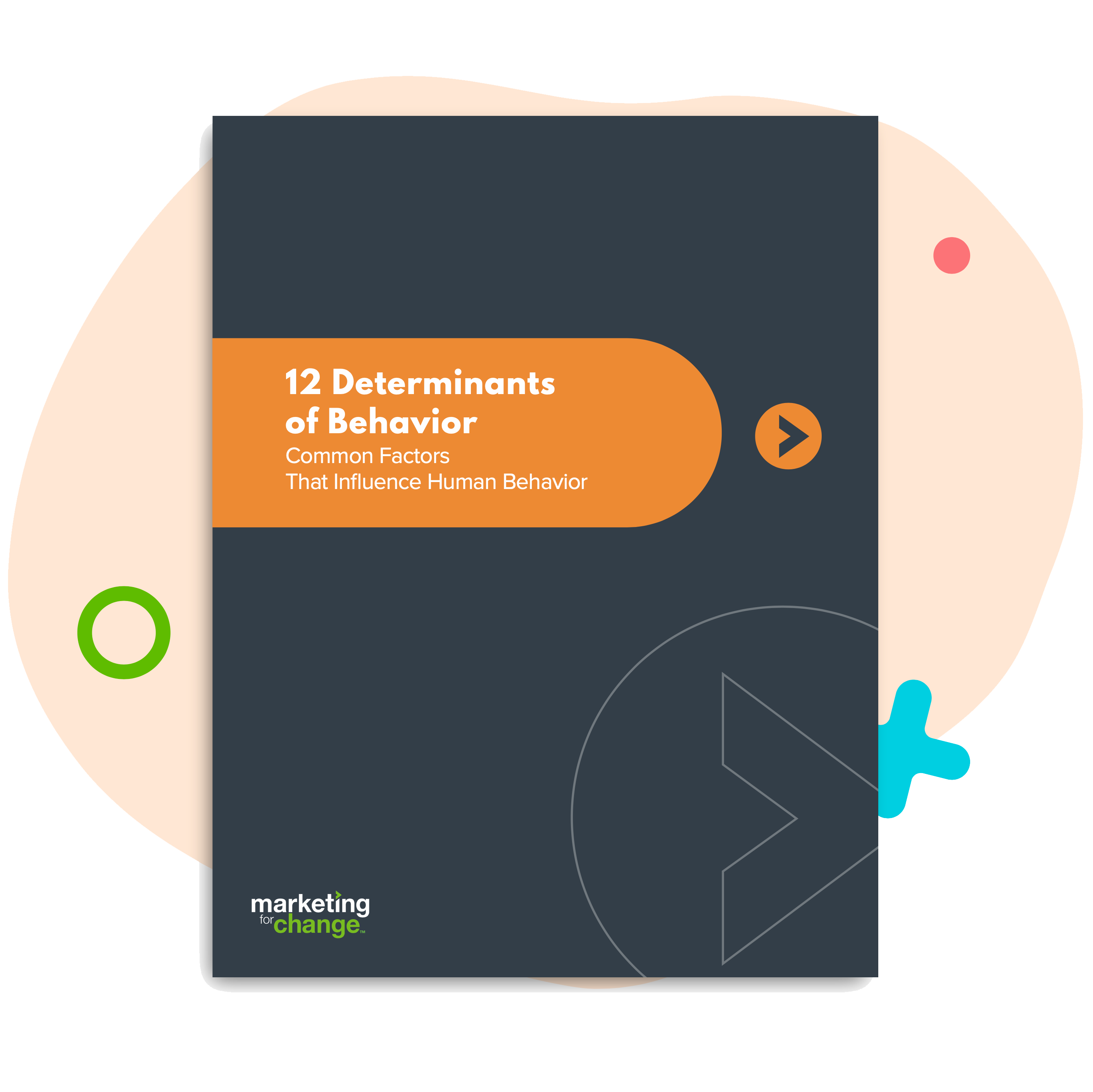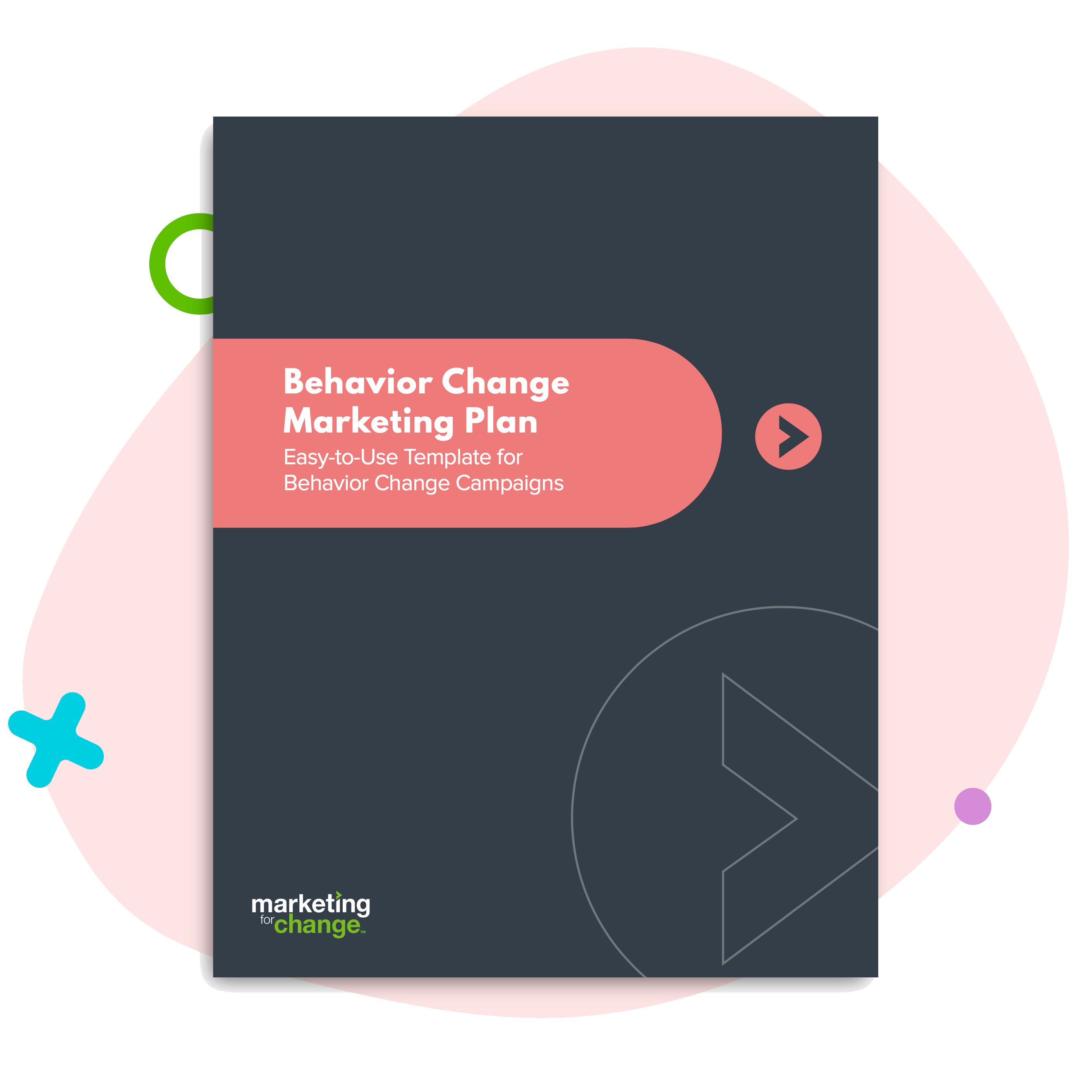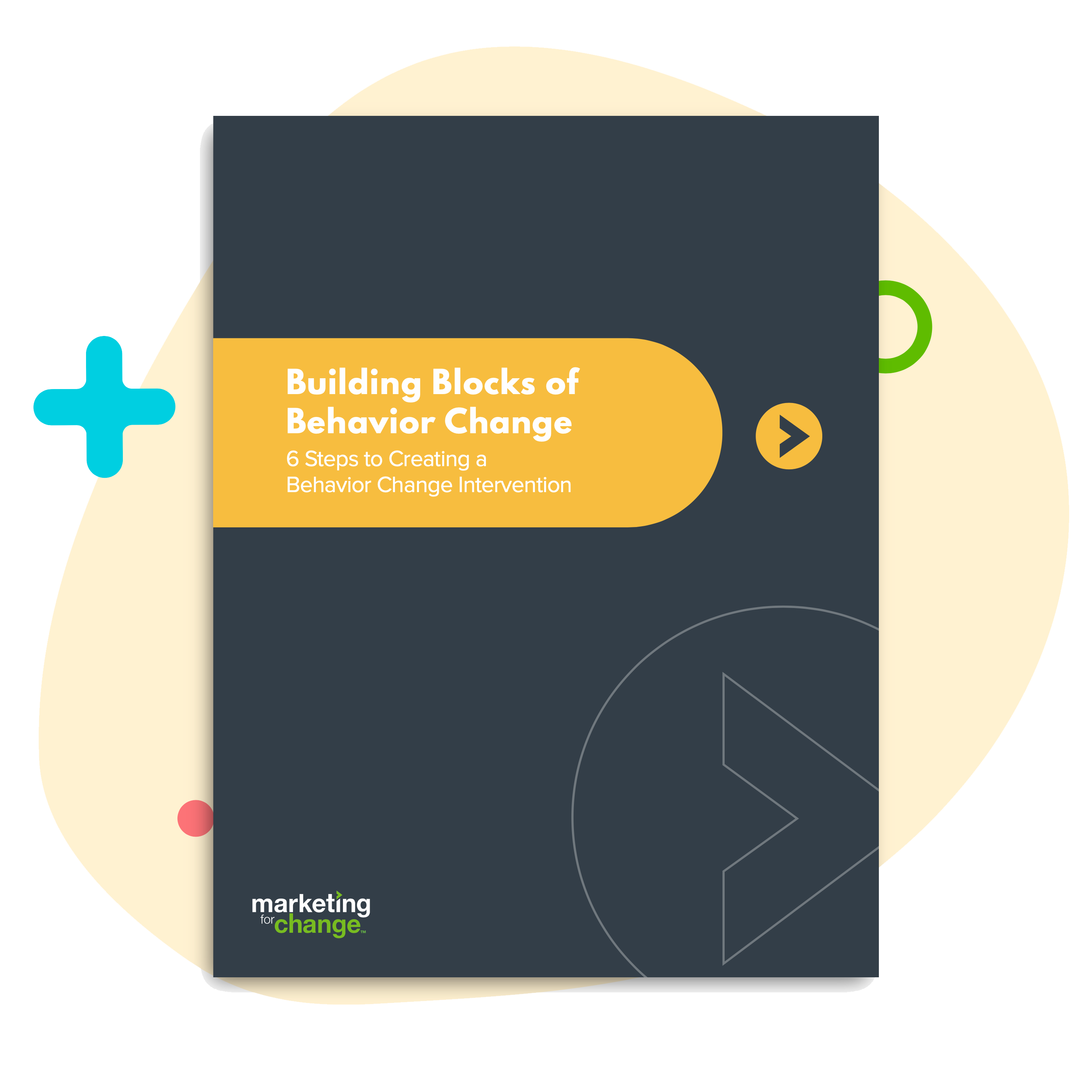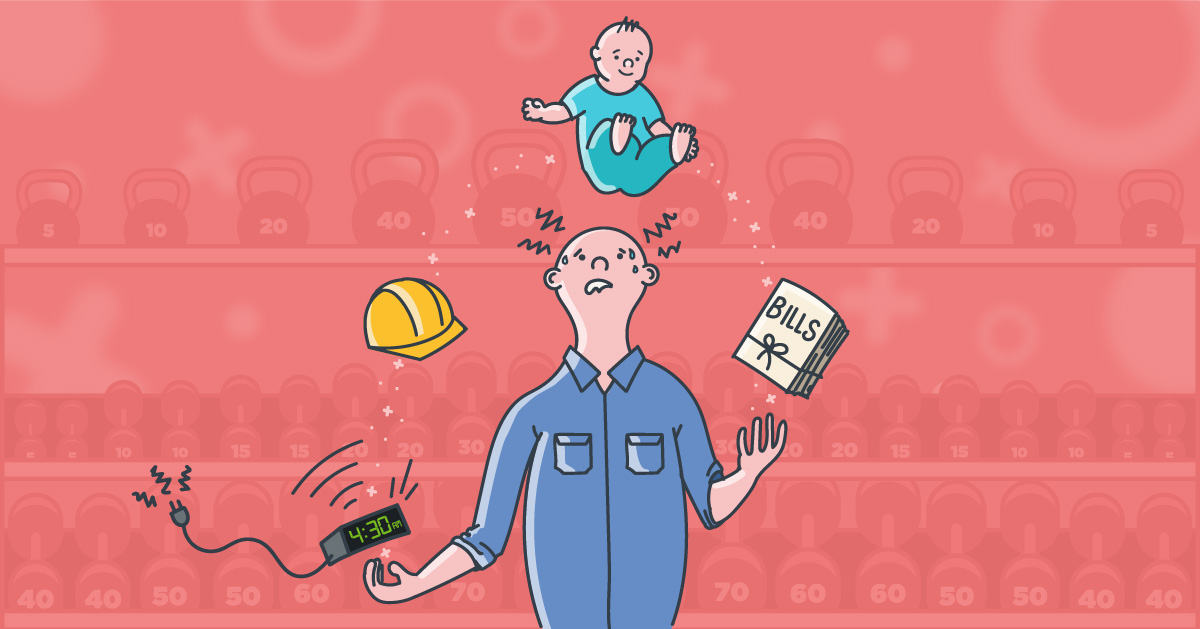
Stop Selling Exercise – Do This Instead
In public health, exercise is behavioral gold. Getting people to exercise has enormous payoffs. It helps children manage hyperactivity, young adults cope with anxiety and depression, and older adults prevent falls.
And for all ages, exercise is a core behavior for preventing and managing obesity, which is a major risk factor for diabetes, heart disease, high blood pressure, stroke and some cancers – and a major driver of U.S. health care costs at an estimated $173 billion a year.
1 in 3 frequent exercisers would gladly hand wash all of their dishes for the rest of their life, spend a long weekend with their in-laws, or even reconnect with a high school bully if it meant they never had to work out again.
Here’s the problem: most people hate to exercise. Even, apparently, many of the 24% of American adults who actually get the amount of exercise health experts say we should.
One recent (take-it-with-a-grain-of-salt) survey from fitness giant Freeletics found that about 1 in 3 frequent exercisers would gladly hand wash all of their dishes for the rest of their life, spend a long weekend with their in-laws, or even reconnect with a high school bully if it meant they never had to work out again.
How to Get Employees to Exercise
Here are three lessons learned from a pilot wellness campaign we recently designed for a major multinational food manufacturer.
1. Stop educating. Start empathizing.
We were hired because obesity-driven metabolic syndrome among the workforce was blowing up the company’s self-insured health care costs. And we were hired with the assumption that our challenge was to find a way to educate employees into better health.
These hourly-wage workers lived in poor, rural areas of the U.S. and many were immigrants, representing more than 40 countries of origin. Quite a few spoke little English. Many had not graduated elementary school, let alone high school or college.
Yet every last one of the hundreds of workers we interviewed knew what they “should” be doing to be healthy. As a Vietnamese immigrant with an elementary-school education explained: To be healthy you need to walk. You need to eat vegetables. Everyone knows that.
So why weren’t they exercising – including this woman, who had stopped when she started caring for her sick mom? Mostly because they were exhausted and stressed. They worked 10- and 12-hour shifts, with mandatory and unpredictable overtime. During the height of the pandemic, many had been working six-day weeks for more than a year. Production quotas were relentless. Line supervisors could be mean. And many did shift work, sleeping at odd hours and waking up early to take care of kids or grandkids.
They were tired of feeling tired and stressed. And that was our “in.” Because guess what can give you a quick mood and energy boost and help you sleep better at night?
Moving just a little bit more.
2. Stop talking about long-term health. Start with immediate benefits.
The workers knew the importance of exercise. And many were living with the consequences of overweight, including 30-somethings with Type 2 diabetes and heart disease who knew their health conditions were related to their lifestyle.
But our target audience was already sacrificing so much to achieve the American dream that there was no way we could pile on and ask for more.
Besides, we know from behavioral science that messaging focused on long-term health benefits usually doesn’t motivate behavior change. Study after study has shown that present bias leads us to value smaller rewards now more than bigger rewards in the future.
Our job was to focus on immediate benefits that the workers actually wanted as much (or nearly as much) as a cigarette or a sweet or salty snack. And our job was made easier by a few relatively new insights from wellness research.
- Any amount of physical activity is better than none. Even 4-second “snacks” of physical activity can have health benefits, especially for otherwise sedentary adults.
- The rewards are immediate. Studies have shown a brisk 10-minute walk can help improve mood, energy, and sleep.
Our Move More campaign was born, focusing on the immediate benefits of physical activity that the workers told us they wanted: more energy, less stress, and better sleep.
3. Stop relying on willpower. Change the environment instead.
Most of the workers we talked to would have liked to get healthier (some day). But they lived and worked in obesogenic environments that required a ton of extra effort to do the “right” thing. All the health messaging they had absorbed had accomplished only one thing: making them feel guilty for not being healthier.
Many lived in communities where the only place to walk was along unlighted rural highways and the nearest gym was a town or two away. Rather than asking them to lose even more sleep to find the time to exercise, we brought the exercise to them.
We worked with a handful of pilot locations to mark off 10-minute walking paths on the plant property so employees could sneak in some exercise before or after work or on a break. We decorated parking spaces that were farthest from the front door. We designated “plant champions” who could lead daily group walks – a few added dance-offs to the mix. We gave employees booklets to track their progress, and participants could enter daily drawings to win fitness trackers, water bottles and other rewards.
The result? While a wave of COVID-19 tanked our planned post-intervention survey, we had lots of anecdotal evidence that people got moving – and not only at work. They dragged old treadmills out of the garage. They dusted off exercise bicycles. They danced with their kids to YouTube fitness videos. They abandoned their grocery store scooters and walked while they shopped.
And they asked management to keep the painted walkways after the intervention ended.
Postscript
Sadly, our pilot ended there.
It’s no secret that most corporate wellness campaigns are designed for the already well. Our Move More intervention showed us why. It takes a real commitment to redesign the workplace to support healthy behaviors. It’s so much easier for corporate to churn out a brightly colored pamphlet each spring that exhorts employees to exercise while the built and cultural environment makes it hard to do.
Our Move More effort had benefited from an internal executive champion – a guy who rose up from the ranks and passionately wanted to walk the culture-of-health talk. When he retired, the brochures won the day.
To be clear, the lesson should not be that place-based workplace wellness interventions are impossible to scale up. After we wrapped up Move More, we learned about Marriott’s TakeCare wellbeing program for its 700,000 employees. Like Move More, TakeCare relies on local wellbeing champions who organize on-the-ground activities customized for workers in different contexts across the globe.
The lesson is that impactful employee wellness initiatives are hard to design and implement. Though not nearly as hard as it is for ordinary people to buck a workplace culture of unhealth.

Sara Isaac is Chief Strategist at Marketing for Change.


